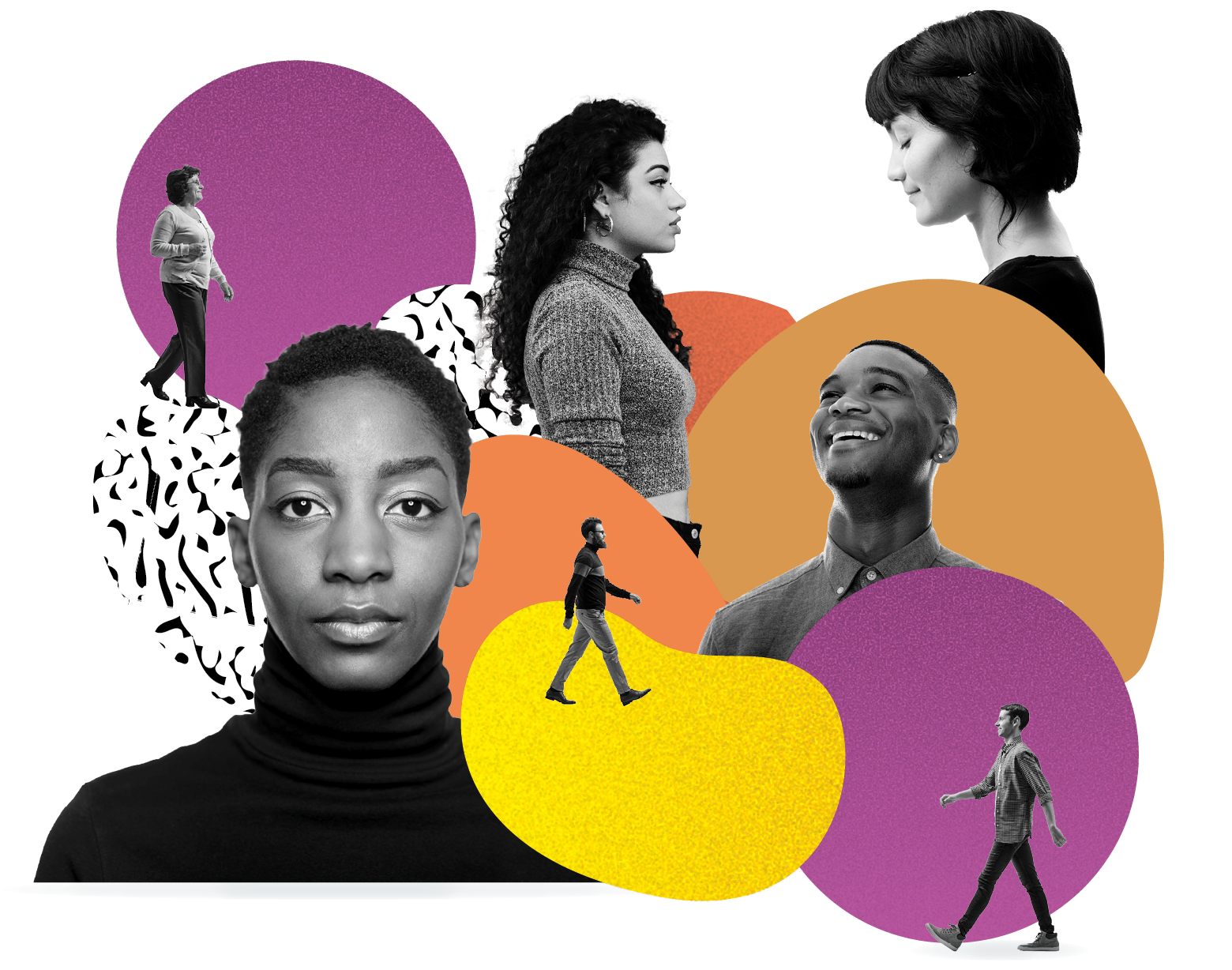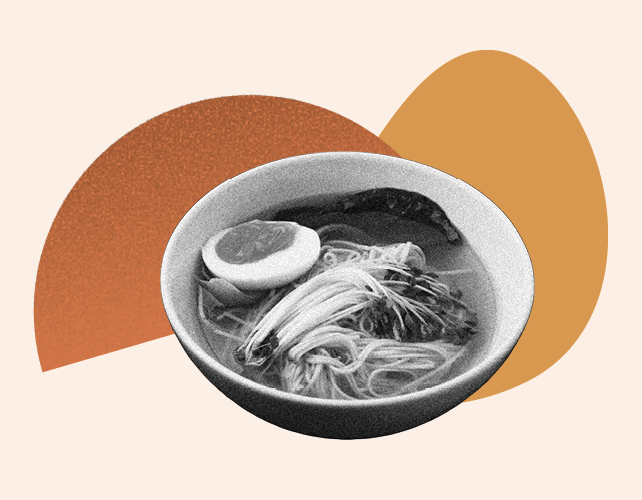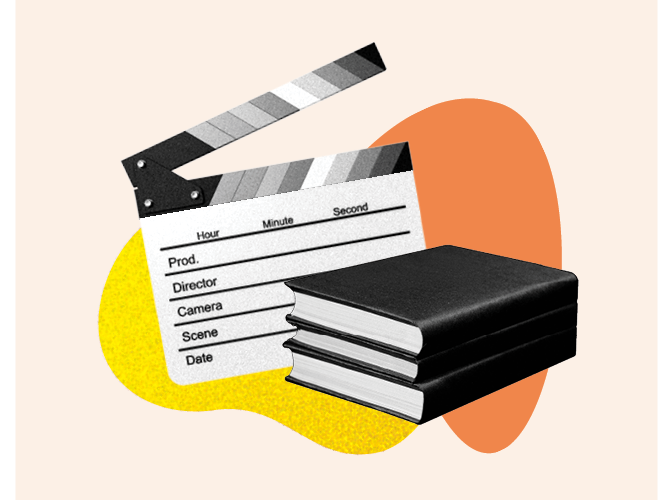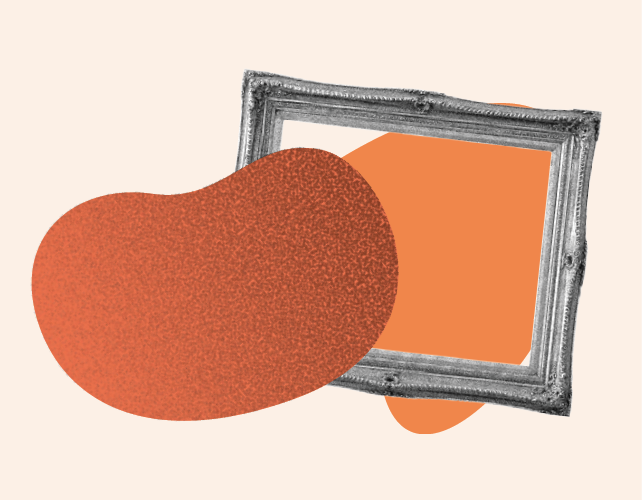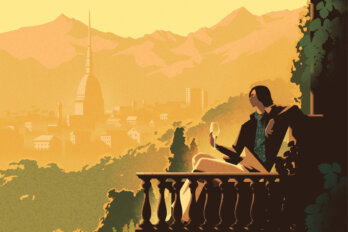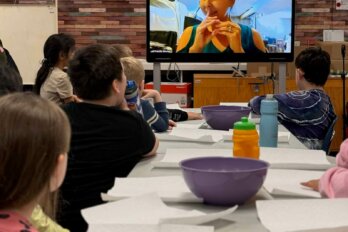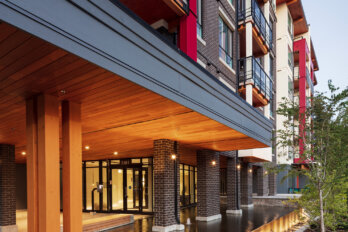
I’ve often joked that many of us have drunk the Kool-Aid, one with a distinctly Canadian flavour called “multiculturalism.”
In fact, the sentiment that people of a variety of backgrounds, beliefs, and cultures could happily fit into Canada while holding on to, even celebrating, the aspects of their identities that make them who they are has long informed my life’s trajectory.
Multiculturalism has marked many of my formative experiences growing up as the daughter of Egyptian immigrants. In elementary school, I was encouraged to share information about my faith and culture with my peers. In high school, I was the president of the multicultural club at our incredibly diverse school overseeing an annual cultural showcase that attracted hundreds of young people and their families; families who were thrilled to see their home countries celebrated by their teenagers on stage.
While it has become a somewhat contentious concept over the years, multiculturalism remains a cherished belief for me, and for so many people who have long called this country home, or who have arrived more recently to build, or rebuild, their lives here.
And yet, looking at the history books, one could easily assume that Canadian multiculturalism happened by accident.
In 1963, then-Prime Minister Lester B. Pearson was trying to figure out how to stave off a national unity crisis threatening to tear society apart across linguistic lines. At the core of the crisis was mounting resentment by Quebecers toward Anglophone dominance, concerns about the preservation of their culture and language, and growing separatist sentiment.
Pearson created the Royal Commission on Bilingualism and Biculturalism “to explore issues relating to the languages and cultures of the English- and French-speaking ‘founding peoples’ of Canada.”
But that narrow vision didn’t go over well with members of Canada’s ethnocultural groups, and so commissioners were also asked to “report on the cultural contribution of other ethnic groups and how to preserve this.”
The concept of Canada as a “mosaic” rather than a “melting pot” had been posited early on in author John Murray Gibbon’s award-winning book Canadian Mosaic: The Making of a Northern Nation, published in 1938. Gibbon imagined various cultures holding on to their identities while contributing to the country’s progress. This thinking was furthered by Canadian sociologist John Porter in his study Vertical Mosaic: An Analysis of Social Class and Power in Canada.
Half a century on, Canada as a mosaic continues to exist in the popular imagination of many of the first-generation immigrants who arrived in the initial waves of immigration following the policy’s establishment.
As for the notion of an American melting pot, it emerged from a play by that name first staged in 1908 in Washington, DC. It depicted the story of a Russian Jewish family that survived a pogrom and immigrated to the US, longing for a society where identities melt away so as not to cause the types of deadly divisions experienced back home. The concept became synonymous with cultural assimilation.
So, while bilingualism was embraced, the Royal Commission rejected the idea of “biculturalism,” which was defined as referring to the existence of two principal cultures in Canada, those of the French and English—Indigenous and other communities were rendered practically invisible.
Instead of biculturalism, the commission helped to usher in a different kind of consciousness based on the mosaic: ethnocultural communities should be encouraged to maintain and celebrate their cultural heritage, while fully participating in Canadian life. The commission put it this way: “man is a thinking and sensitive being; severing him from his roots could destroy an aspect of his personality and deprive society of some of the values he can bring to it.”
These reflections nurtured the eventual articulation of a multiculturalism policy in 1971, exactly fifty years ago.
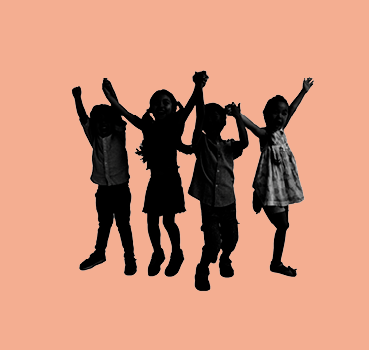
Cultural
Perspectives
“I was born in Afghanistan, but my family fled that country and ended up in Canada in 1988 when I was eight years old. I also teach in an elementary school where most of the kids don’t speak English. The multiculturalism that Canada advertises doesn’t always trickle down, and many of the policies toward refugees don’t work in practice. That said, the reason I can criticize the government is because I was raised in Canada and was exposed to uniquely Canadian experiences. I have mixed feelings of having tremendous gratitude but also needing to advocate for voices that we rarely hear.”
Ajmer Darawal,
Toronto, Ontario
That policy, the first of its kind in the world, would shape the country in ways that have both garnered worldwide admiration and attracted some criticism throughout the decades.
Half a century on, Canada as a mosaic continues to exist in the popular imagination of many of the first-generation immigrants who arrived in the initial waves of immigration following the policy’s establishment. Indeed, former Prime Minister Pierre Trudeau, under whose watch the official policy came into effect, has long been a revered figure for many immigrant communities for the promise that the policy held for them and their families. It became a vision of Canada that was shared across a variety of partisan lines and promoted by various provincial governments, though was politically rejected in Quebec. (Quebec historian Gerard Bouchard instead introduced the concept of “interculturalism” as an alternative model for integration and the management of ethnocultural diversity. Within the intercultural model, cross-cultural engagement and acceptance are still respected and encouraged, but with French as the common language binding all groups.)
Following the adoption of the federal policy, Canada came to be considered worldwide as a country of immense potential, hope, and freedom; a place where families and individuals could hold on to who they were without having to assimilate into one narrow frame of what it meant to be “Canadian.”
Today, over 20 percent of the country’s population is foreign-born, with more and more people arriving in the country due to evolving immigration policies that have sought to make it easier to attract talented and skilled workers and their families.
“Canada rightly prides itself on its evolutionary tolerance for diversity and pluralism,” reads an excerpt from a 2007 Supreme Court ruling involving a couple’s faith-based marital dispute. “This journey has included a growing appreciation for multiculturalism, including the recognition that ethnic, religious or cultural differences will be acknowledged and respected. Endorsed in legal instruments ranging from the statutory protections found in human rights codes to their constitutional enshrinement in the Canadian Charter of Rights and Freedoms, the right to integrate into Canada’s mainstream based on and notwithstanding these differences has become a defining part of our national character.”
It would sadly take decades for the irony of the treatment of Indigenous children and communities to break through the public consciousness in the same way—the realization that, while a mosaic was upheld as a part of Canadian exceptionalism, in essence Canada was founded with the same assimilationist attitudes that characterized the colonial mindset evident throughout European settlement and colonization.
Furthermore, while the mistreatment and abuse of Indigenous communities and the genocide committed against them remains a horrific and painful legacy, one that begs sincere reconciliation and repair, it was in fact Indigenous teachings that helped nurture the view that we should see the “other” as part of an interconnected whole.
As former Governor General Adrienne Clarkson noted in her book Belonging: The Paradox of Citizenship, the testimony of Chief John Kelly at the 1977 Royal Commission on the Northern Environment attested to this grand design.
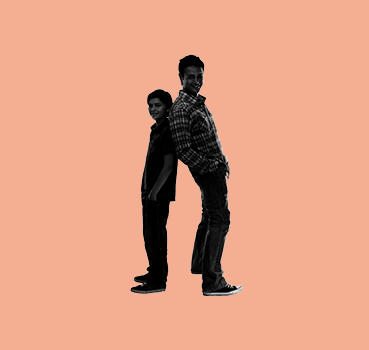
Cultural
Perspectives
“My parents immigrated here in the mid-1960s from South Africa and I was born in Manitoba. I’ve always been supportive of multiculturalism because it’s what makes my inclusion in Canadian society possible. Canada’s multiculturalism policy is not perfect, and growing up, our family often talked about our experiences with racism and how we coped with that. But on the other hand, a lot of the time Canada is a very pleasant and welcoming place and that’s the reason my whole family still lives here.”
Ian Samuels,
Calgary, Alberta
“[. . .] as the years go by, the circle of the Ojibway gets bigger and bigger,” he said. “Canadians of all colours and religions are entering that circle. You might feel that you have roots somewhere else, but in reality, you are right here with us.”
Being “right here” together has indeed translated into better outcomes for immigrants to Canada who seem to integrate far more quickly than their American counterparts. That being said, there are some signs that people here in Canada are becoming increasingly aware we are far from living in a multicultural utopia.
On the one hand, there are polls like one released earlier this year by Ipsos, which asked people representing the demographics of the general adult population in twenty-eight countries, “to what extent do you agree or disagree that [your country] is divided by ‘culture wars?’”
Only 28 percent of people who responded in Canada identified a divide; we did far better than many other countries on this front. Up to 46 percent of respondents in Belgium, 38 percent in France, and 32 percent in Great Britain saw division. In the United States, over 50 percent of Americans said they believe their country is divided by culture wars.
Yet, Canadians have nothing to be smug about. We’ve also seen disturbing surveys like one released a few years ago by Angus Reid and CBC that found that 68 percent of Canadian respondents thought people should assimilate rather than keep their own customs and languages.
A study by EKOS in 2019 found that while opposition to immigration remains low, there has been some ideological and partisan polarization on the issue, reflecting a shift toward “ordered populism,” which includes hostility to “outgroups” (i.e., immigrants) and “rests on the belief in a corrupt elite, and the idea that power needs to be wrested from this elite and returned to the people.”
This is evident in the growth of white supremacist groups, which have become increasingly active both on and off-line. It’s also evident in how people continue to be denied job opportunities and housing, and continue to be harassed, assaulted, and even killed because of their faith and racial identities.
The most significant threat to multiculturalism—declared dead in some parts of Europe—may be populism, which is on the rise here at home and globally.
Nevertheless, considering how reliant this nation remains on the arrival of people from around the world to continue to build and strengthen this country’s economic and social fabric, there is little doubt that Canada’s ever-growing circle must be one that is based on mutual respect and free from racism and discrimination.
I believe we can get there, despite the history we must confront, the reconciliation we owe Indigenous communities, and the ongoing work we will need to undertake to address the systemic racism plaguing our institutions; systemic racism which continues to prevent the full and equal participation of far too many of our friends, neighbours, colleagues, and fellow residents of Canada.
For many of us, this has been our life’s work, fuelled by the hope that we will one day live in a country that truly honours all of us.
Please pass the Kool-Aid.
Multiculturalism in Context
BY Elizabeth Chorney-Booth
Many countries around the world boast very specific national traits—be it America’s tales of rugged individualism or Italy’s rich culinary heritage. For Canadians, one of our biggest points of national pride hasn’t been highlighting what makes us different from other countries, but our ability to build a culture around a mosaic of the traditions immigrants bring from around the world.
As of 2021, multiculturalism has been on the books as an official policy for fifty years. The idea that anyone can come to this country and not only continue to practice but to share the customs that make their countries of origin special has been a key part of not just how the rest of the world views Canada, but how we see ourselves.
Multiculturalism Through the Years
Everyday Encounters
In our nation of immigrants, the traces of other cultures and countries are all around us, from the restaurant stalls that line our suburban strip malls to the party tunes floating from open windows on a warm summer night. Here, we look at just some of the ways we Canadians tend to experience multiculturalism in our daily lives.
by Jessica Wei
CUISINE
Just about every plate of food tells a story—especially in a country like Canada, where culinary tastes and traditions come from around the world, settle here, and then evolve based on locally available ingredients and changing trends.
As global food supply lines grow ever more sophisticated and waves of newcomers continue to fill out the demand for imported products, Canada’s cities have emerged as some of the most exciting dining scenes in the world.
From the Vietnamese-inspired “pizza” on Bánh xèo crepes at the Richmond Night Market, to the Berlin-style döner kebabs or Japanese soufflé pancakes at Toronto’s Kensington Market, to the myriad restaurants, take-out spots, and food stands serving up bold culinary twists on traditional Indian, Mexican, or Chinese dishes, Canadians are spoiled for choice when it comes to experiencing the foods of our immigrant cultures.
Food for thought
While people in Canada are blessed with a rich and varied landscape of cuisines to choose from, class and racial barriers continue to prevent many talented chefs of immigrant backgrounds from rising to the national stage. Meanwhile, the word “inspired”—like Middle Eastern-inspired, Thai-inspired, or Japanese-inspired—is often thrown around loosely, giving license to mostly white chefs working for large restaurant groups to co-opt elements of these cuisines while their POC cooks are relegated to junior positions in the kitchen.
BOOKS & FILM
Unlike the Nordic noir of Sweden and Denmark, there’s no dominant storytelling genre in Canada. Instead, our books and films are as diverse as they come, with tales that blend styles, weave in multiple languages, and spotlight communities from coast to coast.
Over the last half-century, prolific writers like Lawrence Hill, Dionne Brand, Lee Maracle, and Wayson Choy have penned poems and novels that have helped to expand Canada’s multicultural story, reflecting our rich diversity and its inherent conflicts.
And in recent years, more communities have come to colourful life through books, including Little Jamaica in Toronto (in the book Frying Plantain by Zalika Reid-Benta), the frozen tundra of small-town Nunavut (in Split Tooth by Tanya Tagaq), and Vancouver’s Chinese community (in Do Not Say We Have Nothing by Madeleine Thien).
Toronto’s Chinese community, meanwhile, has recently been given a mainstream spotlight through filmmaker Domee Shi’s short film for Disney, Bao, and the feature-length Turning Red. Shi joins a long line of filmmakers who have turned the lens on their unique diasporic identities in Canada, including Mina Shum, Nicolás Pereda, Atom Egoyan, and Deepa Mehta.
Point to ponder
Despite a stated desire to create pathways for diverse voices in the creative arts, Canada’s media and entertainment industries still struggle with barriers to access. According to statistics from the Canada Council for the Arts, racialized artists represent only 15 percent of all artists in the country, and racialized artists have a much lower median income than non-racialized artists. Ironically, the media continues to celebrate and popularize aspects of various cultures while sidelining many of the people who bring these rich traditions to the forefront.
MUSIC
Pre-colonization, the land echoed with the chanting and drumming of many First Nations people who believed that drumming was the heartbeat of Mother Earth. As European settlers arrived, they brought their musical traditions with them. The maritime fiddle music heard to this day in kitchen parties and weddings across the East Coast is a surviving tradition brought over by early Acadian, Irish, and Scottish settlers.
Meanwhile, Vancouver boasts a 150-year-old tradition of Cantonese opera, the largest scene of its kind outside of Hong Kong. And the jazz musicians who flocked to Canada in the early twentieth century to escape Prohibition and anti-Black racism in the US helped to create a legacy of jazz that is still celebrated through the country’s major jazz festivals, including the historic Halifax Jazz Festival, the Festival International de Jazz de Montreal, and the TD Toronto Jazz Festival.
Deep roots, future sounds
The Polaris Music Prize is given to artists for putting out the best new record, as judged by an impartial jury of music insiders and writers. After addressing criticisms over the perceived lack of diversity in the award nominees and jurors—its first eight winners were white indie-rock and pop artists—the prize has finally settled into its original purpose: to fairly identify, for mainstream audiences, the most promising artists and map the future sound coming out of Canada.
In 2014, Tanya Tagaq, an Inuk throat singer from Nunavut, took home the prize. From there, winners have been more varied and boundary-pushing, from Jeremy Dutcher’s artful and moving tribute to his ancestral Wolastoqey language to Lido Pimienta’s Latin-pop output, which draws from her Afro-Colombian and Amerindian roots.
VISUAL ARTS
Art is everywhere—splashed onto the red brick of our neighbourhood alleyways, strung up on gallery walls, adorning our bodies, and bringing life to all of the interstitial places in between.
A neighbourhood’s public art often pays tribute to the area’s past, nodding to the traditions and cultural influences of its people. Take, for example, the statues of Sun Yat-sen greeting visitors to Chinatowns across our major cities. Or the large-scale murals honouring the late Portuguese fadista and icon Amália Rodrigues located in Little Portugals in both Toronto and Montreal and at the Portuguese Cultural Centre of Mississauga.
In Canada’s public art realm, though, diasporic patriotism often doubles as a form of protest. The Chinatown Anti-Displacement Garden in Toronto was created partly as a statement against gentrification and urban development. And in Manitoba, the sculpture known as Kakigay-Pimitchy-Yoong Pimatizwin in Sagkeeng First Nation was created both to honour the lives of missing and murdered Indigenous women, and to protest centuries of neglect and abuse.
Multiculturalism and Reconciliation
Métis writer Danielle Paradis examines Canada’s multicultural policy through a modern Indigenous lens.
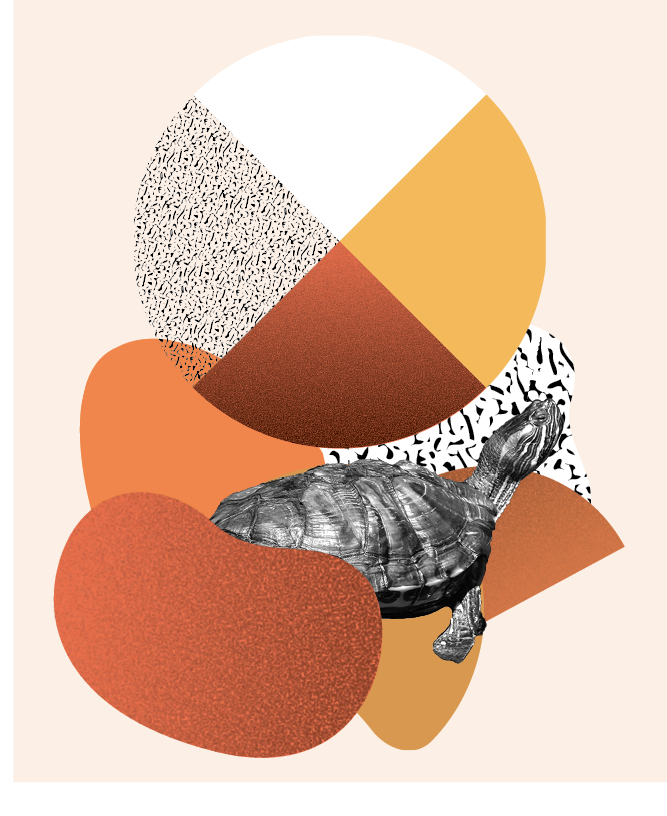
“It is amazing how complete is the delusion that beauty is goodness,” Tolstoy wrote in The Kreutzer Sonata. He was talking about the human assumption that attractiveness equals kindness and integrity. For a moment, apply this to the relationship between settlers and the beautiful land that is called Canada. In this gorgeous, expansive country, most Canadians who live here are happy to do so. They feel lucky. Surely such a beautiful place could not exist on the foundation of an ugly oppression.
But fortune has not fallen equally among the people who live here. Five decades after Pierre Elliott Trudeau’s Liberal government adopted a formal multiculturalism policy, many Indigenous people are still searching for their identity within this land.
This is a country that thinks of itself as a model of multiculturalism for the world. One that defines itself to its school-aged citizens in opposition to the United States. We learn in early grades that in the US you have to assimilate into American culture. Here, instead, we are a cultural mosaic where all the bright tiles of diversity form a picture of tolerance. Canada was the first country in the world to adopt a multicultural policy, but it took until June 2021 for it to adopt the United Nations Declaration on the Rights of Indigenous Peoples.
In general, the notion of multiculturalism has proved to be a fairytale. Something that obscures slavery, Japanese internment camps, and other dark chapters of Canadian history. In 1996, the Royal Commission on Aboriginal Peoples wrote in its report, “a country cannot be built on a living lie.” The lie today is that Canada has always been a place that promotes tolerance and diversity. The multiculturalism policy that was promoted in 1971 was not designed to recognize Indigenous people. This promise of tolerance and formal equality was not extended to our inherent rights.

Cultural
Perspectives
“I was born in Montreal. My mom is Chinese and my dad is Vietnamese. I was lucky enough to grow up in the Asian community with a good mix of everyone’s cultures. I could invite my Indian friends or French Canadian friends over to eat or I’d go to their homes to try their food. I was lucky, too, because of the location where I was living in Montreal—some of my other Asian friends did not have the same experience if they were living more remotely. I still live on the island of Montreal. It’s so diverse here—the city is an emblem of multiculturalism. I see it every day and can really vouch for it.”
Bellie Nguyen,
Montreal, Quebec
For fifty years, our multiculturalism narrative has told a positive story of integration into a tolerant, liberal, and equal society. Yet even today, we live in a culture that prioritizes joining English and French settler societies. Our policies may be multicultural, but our institutions are not. We have Queen Elizabeth II as the head of state, Westminster-style legislatures, and towns, cities, rivers, and roads named after European colonizers or the Europe they left behind.
That is not so surprising, when you consider that the 1971 creation of our multiculturalism policy was at a time of rising Francophone nationalism. Although the policy was not greeted warmly in Quebec either—Claude Ryan of Le Devoir claimed that in trying to separate language and culture, the prime minister minimized both.
While the two Canadas—French and English—fought over their own languages and cultures, the state continued to crush Indigenous languages. Young children were taken from their families and sent to a school that beat their mother tongue out of them. That sent them home, if they survived, with a language that forever separated them from their community.
Within this context, multiculturalism has been a tool to legitimize and strengthen Canada, but minimize and erase the First People.
These are the sorts of memories, that, as a country, we prefer not to dwell on. Chief Dan George, an acclaimed poet and First Nation leader, silenced a crowd of over 30,000 with his scathing “Lament for Confederation.” There, he mourned the loss of his land and home, and said he witnessed his “freedom disappear like the salmon going mysteriously out to sea. The white man’s strange customs, which I could not understand, pressed down upon me until I could no longer breathe.”
The next fifty years must focus on a renewal of Indigenous culture. We must work to find a balance between Canada’s European style of parliamentary democracy and the Indigenous ways of knowing. We must work to preserve the land of this beautiful country, as the Anishinaabe teach, so that in seven generations our ancestors may live as we do, or better.
We must teach the true history of Canada, and work to restore to Indigenous people the traditional knowledge that was taken away.

